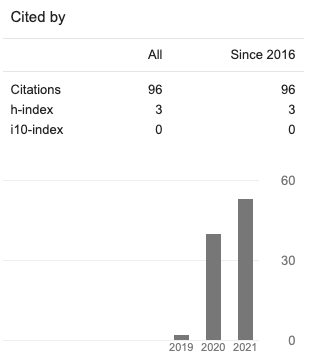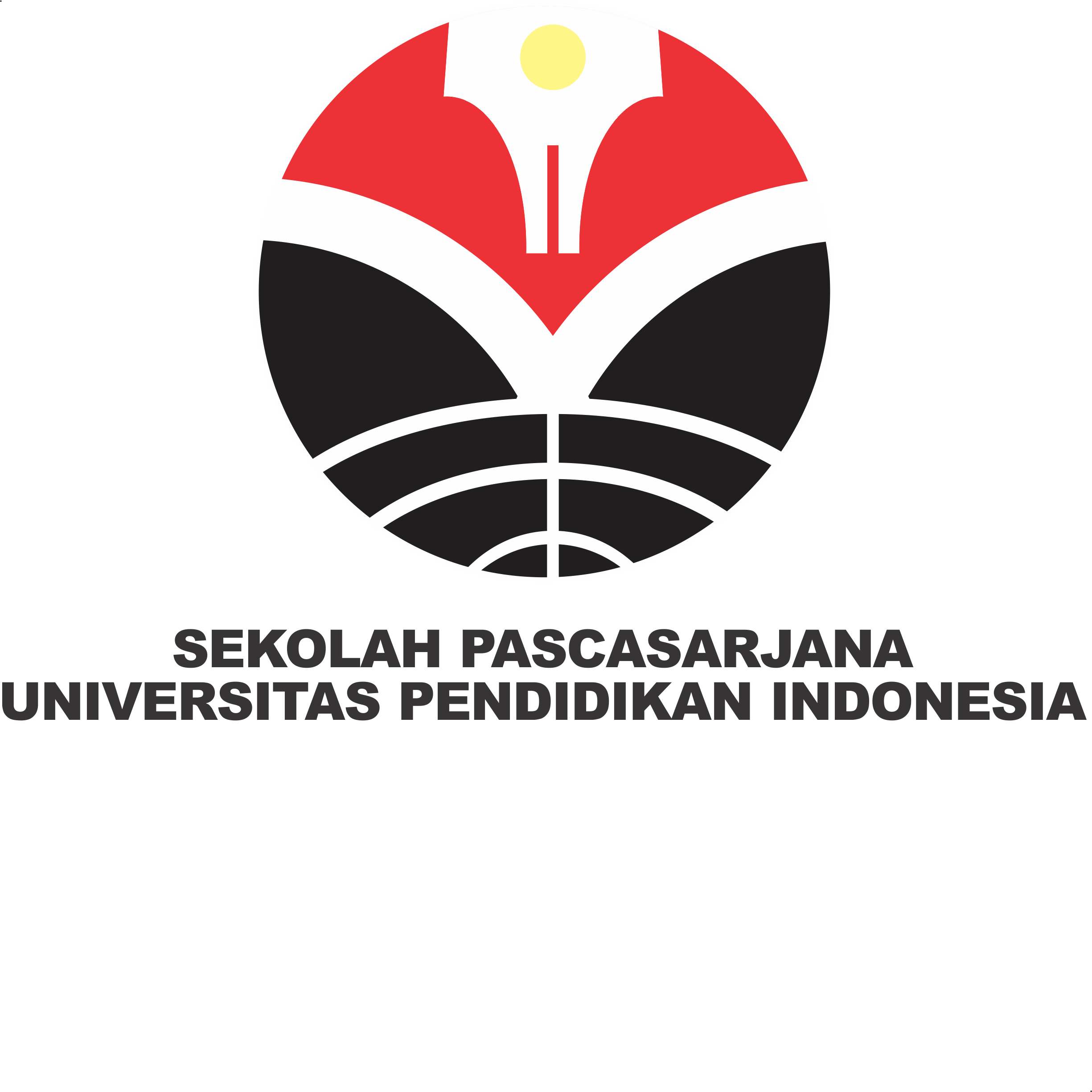Application of the Flipped Classroom Model to Improve Mathematics Learning Outcomes
Abstract
This study has a background of low Mathematics learning outcomes for fifth-grade with a percentage of 37.93% complete and 62.07% incomplete. Meanwhile, the minimum score limit for Mathematics is 75. The purpose of this study is to determine the application of the Flipped Classroom learning model to improve mathematics learning outcomes with the concept of a combined area of flat shapes at Salman Al Farisi Elementary School Bandung in the 2022/2023 academic year. The research procedure uses classroom action research which includes 4 stages, namely planning, implementation, observation, and reflection. The population in this study were all fifth-grade students of SD Salman Al Farisi Bandung. The research sample is class 6D with a total of 24 students. This study consisted of 2 cycles, each cycle 1 meeting. The study conclude of this study is that through the flipped classroom learning model, it shows that the results of learning Mathematics in terms of knowledge seen from the learning outcomes test are 75% in cycle 1 students who get scores above the minimum score and 95.83% in cycle 2 get scores above minimum score. It can be concluded that the application of the flipped classroom model can improve student learning outcomes.
Copyright (c) 2023 Fitria Mulyanti, Yunus Abidin

This work is licensed under a Creative Commons Attribution 4.0 International License.















